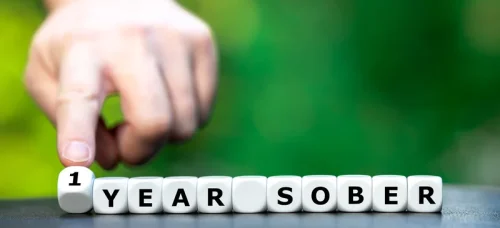Drug and Alcohol Detox: Symptoms, Treatment, and More

While detox is a necessary step, it comes with uncomfortable and sometimes severe side effects. Common withdrawal symptoms include nausea, sweating, muscle pain, irritability, and insomnia. More severe cases, especially in alcohol or benzodiazepine withdrawal, leads to hallucinations, seizures, or delirium tremens (DTs). The intensity and duration of withdrawal symptoms depend on the substance used, the length of addiction, and individual health factors. Medical supervision is crucial to manage these effects and prevent serious complications.
What to expect from drug detox and timeline
Both methadone and buprenorphine may be used solely as detox medications, or their use may be continued as part of maintenance management to prevent relapse. If someone who is on naltrexone uses an opioid, they won’t experience any euphoria. It is available as a pill or an extended-release, intramuscular suspension known as Vivitrol.
Next steps
- It may be beneficial to reach out to a drug detox center near you, speak to your physician or therapist, or call our drug addiction helpline for free information on how to detox from your drug of choice in a safe environment.
- Nurses logged their hours and an estimated 24% of logged time was spent travelling to and from clients’ home, 40% face‐to‐face liaising with clients, and 36% was spent on administration, meetings and referrals.
- When an individual consistently or repeatedly uses a substance, it is likely that they will develop physical dependence over time.
- Between 1996 and June 2014, 152,283 people received naloxone kits, leading to 26,463 reported overdose reversals according to “Take Home Naloxone Program” published by Wikimania.
- From start to completion, the total length of alcohol and drug detox will vary for everyone.
There is no way to “fast track” effective detox efforts, nor is there a drink that can replace the efficacy of a dedicated treatment plan or addiction medicine. Medical detox is the use of dedicated prescription medications to cope with the effects of withdrawal throughout detox. From physical healing in the liver, kidneys, and heart to noticeably clearer skin and healthier hair to emotional healing as the brain reestablishes a healthier homeostasis without drugs. In inpatient settings, medical staff monitor you around the clock to keep you safe and handle any issues that come up. You can also work with your healthcare provider or addiction counselor for additional insight, advice, and support.
- Detox refers to the removal of substances from your body and is the first stage of addiction treatment.
- Detoxing can take time and may require additional support from your doctor and loved ones.
- The search strategy aimed to identify both published and unpublished studies.
- During this initial phase, you may start to experience withdrawal symptoms since your liver has begun its work.
- In an Indian program, patients were visited on alternate days in the first 10 days 13.
Find Treatment

The main downside of outpatient programs is that they don’t provide 24/7 support and monitoring. This option might also seem preferable if you don’t have insurance and can’t pay for a treatment program. The taper period drug detox varies depending on how long you’ve been using the drug and how much you’ve been taking. You should expect to gradually lower your dose over a period of several weeks or even a few months. Some problems, like fatty liver disease and gallbladder dysfunction, can make it hard for your liver to do its job. It’s important to check your liver’s health with your healthcare practitioner if you feel any related symptoms, such as constant fatigue, intolerance to fatty foods, insomnia, digestive issues, and a yellow tint of the cornea.

Clinically Managed Residential Detox

Three programs discussed the proportion of different primary substance dependences 13, 19, 20. In all, alcohol was the most common primary substance of concern, making up about half of the caseload. As regards methamphetamines, there was a remarkable trend in the Australian program, as the proportion reporting methamphetamine as primary drug increased from 4% in 2011 to 23% by 2016 20.

Start the road to recovery

They build and adjust a detox timeline that works for the individual instead of enforcing a specific time limit for everyone. In the big picture, when substance use interferes with daily life and becomes the top priority over personal, work, and social obligations Halfway house and activities, it’s a clear sign that drug detox is likely needed. However, gaining insight into the detox process can be a critical step toward progress. Withdrawal symptoms are most intense during the first few days of detox and will gradually decrease. Many will experience newfound clarity, with withdrawal symptoms subsiding after about two weeks.

